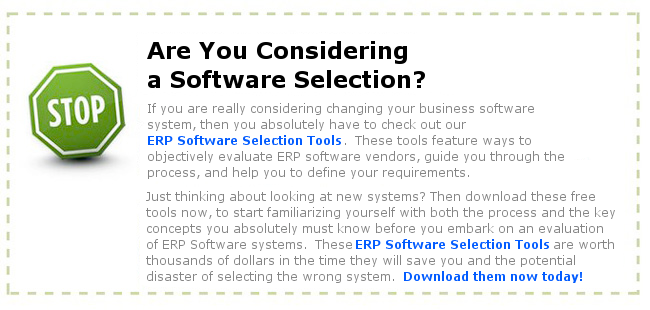From ManagingAutomation.com:
One of the most frustrating aspects of today’s IT-dependent manufacturing environment is the challenge of deploying and maintaining enterprise applications ranging from enterprise resource planning (ERP) and supply chain management (SCM) to customer relationship management (CRM) software. A significant proportion of new application deployments fail to achieve their original objectives, and even successful deployments can often cost far more to maintain than expected.
Depending on the complexity of the deployment, enterprise applications can take months or even years to implement, and they can consume the majority of the IT staff’s time just to keep them up and running. And, most major upgrades typically require additional investments in new servers, storage and other IT infrastructure upgrades.
Manufacturers trying to keep pace with escalating competition can no longer afford the extended lag-time of lengthy application deployment cycles. They can also ill-afford the ongoing infrastructure and staff costs to simply maintain their existing applications.
These frustrations have made the manufacturing industry ripe for a new approach to applications called Software-as-a-Service (SaaS). Read More about software as a Service
